What Herbs Can Be Planted Together? A Quick Guide
- February 6, 2024
- 0 comment
Gardening is not just about choosing the right plants but also about creating a harmonious environment where they can thrive together. Companion planting, the practice of growing certain plants in close proximity to one another for mutual benefit, has been used for centuries to improve crop yields, deter pests, and enhance flavor. In this article, we’ll explore the world of companion planting specifically focusing on herbs, uncovering which herbs can be planted together to create a mutually supportive garden.
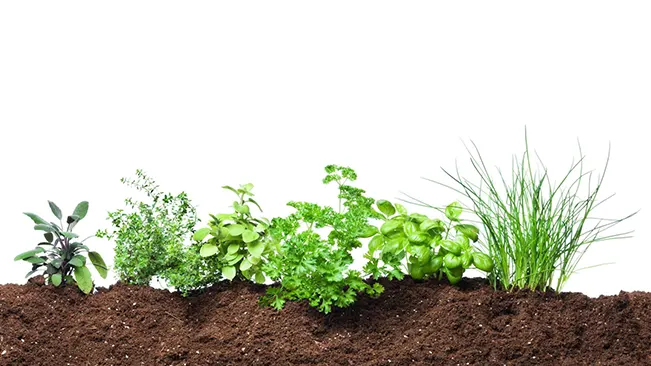
Benefits of Herbs Planted Together
| Benefits |
|---|
| 1. Natural Pest Control: Many herbs release compounds that repel or confuse pests, helping protect neighboring plants. Basil with tomatoes deters aphids and mosquitoes, while mint repels cabbage moths. |
| 2. Improved Flavor and Growth: Certain herbs enhance nearby plants’ growth and flavor. Basil improves the taste of tomatoes, and chives complement the flavor of carrots, benefiting both the garden and the kitchen. |
| 3. Complementary Growing Conditions: Herbs with similar water, sunlight, and soil requirements can be planted together, ensuring optimal growing conditions for each plant. |
| 4. Weed Suppression: Some herbs, like thyme and oregano, form dense ground cover, suppressing weeds and reducing the need for manual weeding. This conserves soil moisture and nutrients for neighboring plants. |
| 5. Attracting Beneficial Insects: Certain herbs attract pollinators and predatory insects, contributing to a balanced ecosystem. Cilantro and dill attract pollinators and serve as hosts for predatory insects that control pests. |
| 6. Space Optimization: Companion planting allows efficient use of garden space. Strategic placement of herbs with compatible growth habits maximizes space and creates visually appealing combinations. |
| 7. Disease Prevention: Some herbs have natural disease-resistant properties. Rosemary and sage deter pests that can transmit diseases to other plants. |
| 8. Enhanced Soil Health: Certain herbs, like legumes (e.g., clover and alfalfa), have nitrogen-fixing properties, enriching the soil with essential nutrients. Planting nitrogen-fixing herbs improves overall soil fertility. |
| 9. Aesthetic Appeal: Companion planting creates visually appealing combinations of colors, textures, and aromas. Well-planned herb pairings enhance the garden’s beauty and functionality. |
| 10. Biodiversity and Resilience: Companion planting contributes to a diverse garden, making it more resilient to pests, diseases, and environmental stress. It supports a wide range of beneficial organisms, enhancing the garden’s overall robustness. |
Basil and Tomatoes
Basil and tomatoes form a symbiotic relationship in the garden, not just due to their shared preferences for water and sunlight, but also because basil acts as a natural pest deterrent for tomatoes, warding off mosquitoes and aphids. Beyond the garden, the culinary alliance between these two extends to the kitchen, where the aromatic basil enhances the rich flavors of tomatoes, making them a widely celebrated and flavorful pairing in various dishes.
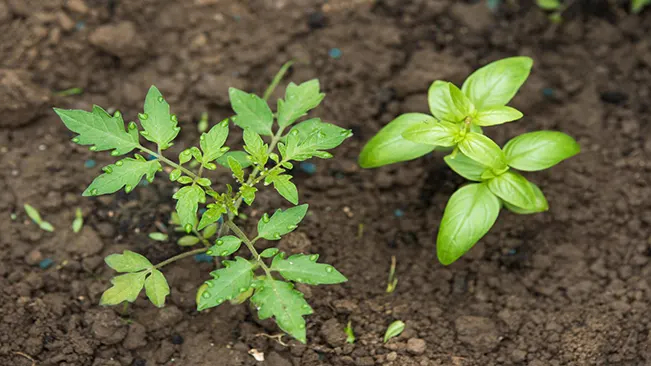
Rosemary and Sage
Rosemary and sage, both aromatic herbs thriving in similar growing conditions, form an excellent herbaceous pairing. Beyond their visual allure, this combination serves a dual purpose by acting as a natural deterrent to cabbage moths, contributing to a healthier garden. Additionally, the culinary synergy between rosemary and sage is well-celebrated, as their aromatic profiles complement each other, enhancing the flavors of roasted meats and vegetables in culinary endeavors.
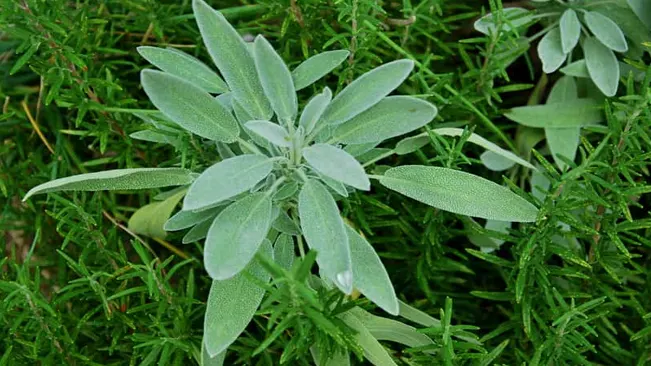
Chives and Carrots
Chives serve as outstanding companions for carrots, offering a dual advantage in the garden. Beyond their ability to deter pests like aphids and carrot rust flies that commonly afflict carrots, chives contribute to the garden-to-table experience. Their subtle onion flavor not only enhances the culinary appeal of carrots but also provides a natural and flavorful pairing, creating a harmonious relationship both in the soil and on the plate.
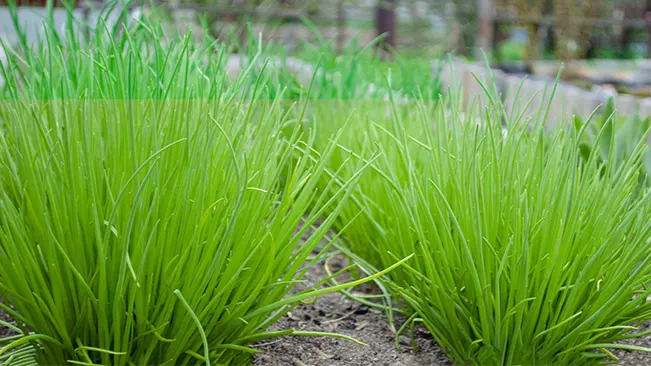
Mint and Cabbage
Mint, with its aromatic qualities, serves as an effective natural repellent against cabbage moths, safeguarding cabbage plants from potential infestations. Nevertheless, due to mint’s vigorous growth and invasive tendencies, it is highly recommended to confine its planting within containers. This precaution prevents mint from spreading uncontrollably and dominating the garden space, ensuring a balanced and harmonious coexistence with other plants.
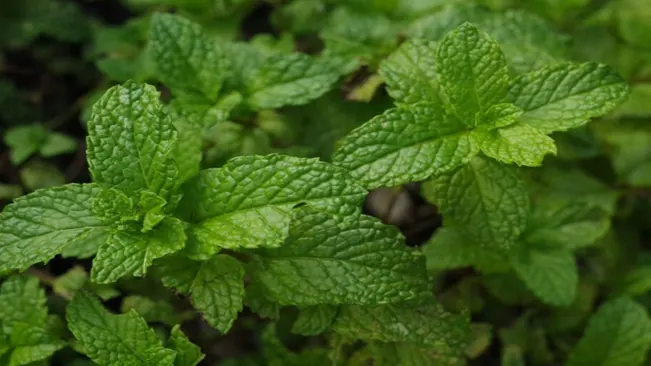
Cilantro and Dill
Cilantro and dill, when planted in proximity, form a synergistic partnership that goes beyond their culinary compatibility. This herbaceous alliance extends to the garden ecosystem, where their combined presence attracts a diversity of beneficial insects, including pollinators and predatory wasps. The pollinators contribute to improved fertilization, while the predatory wasps act as natural pest controllers, fostering a healthier and more balanced garden environment.
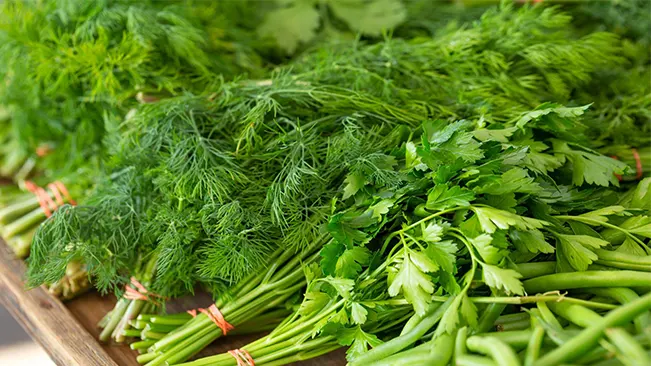
Oregano and Beans
Oregano, with its aromatic leaves and versatile properties, serves as an excellent companion for beans in the garden. Beyond its role as a natural insect repellent, oregano contributes to the overall health of the garden by creating a protective barrier against pests. Furthermore, the combination of oregano and beans extends to the kitchen, where the herb enhances the flavor profile of beans when incorporated into culinary dishes, making it a dual-purpose addition to the garden.
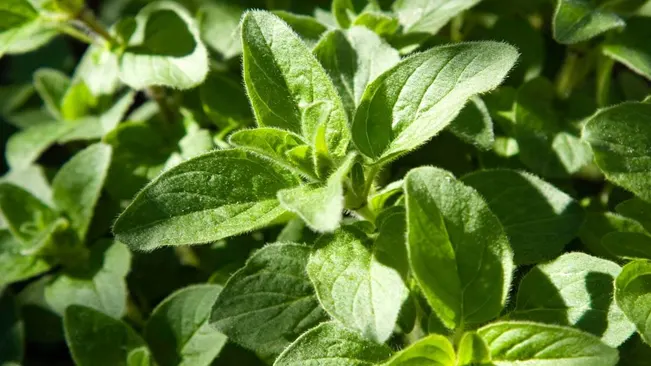
Thyme and Eggplant
Thyme, with its low-growing nature, serves as a dense ground cover, effectively suppressing weeds and creating a protective layer around taller plants such as eggplants. Beyond weed control, thyme releases aromatic compounds that act as natural deterrents to pests, fostering an environment that is not only weed-free but also less appealing to common garden nuisances. This harmonious relationship between thyme and eggplants contributes to an overall healthier garden ecosystem, promoting optimal conditions for the successful growth of eggplants.
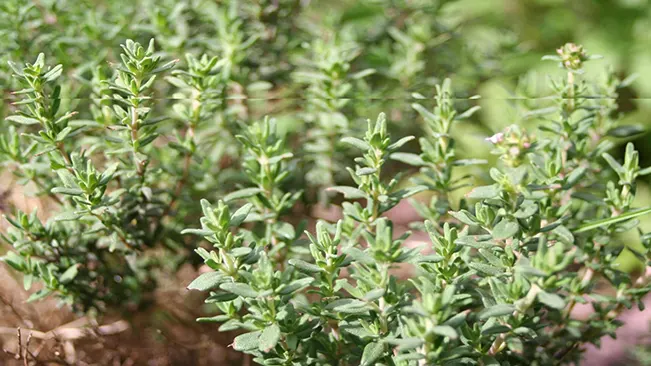
Tips on Maintaining Herbs Planted Together
Regular Watering
Ensure consistent and appropriate watering for all herbs. While different herbs have varying water needs, it’s crucial to prevent both underwatering and overwatering. Use well-draining soil and water when the top inch of the soil feels dry.

Monitor Sunlight Exposure
Pay attention to the sunlight requirements of each herb and ensure they receive the appropriate amount of sunlight. Herbs like basil and rosemary typically prefer full sun, while others like mint can tolerate partial shade.
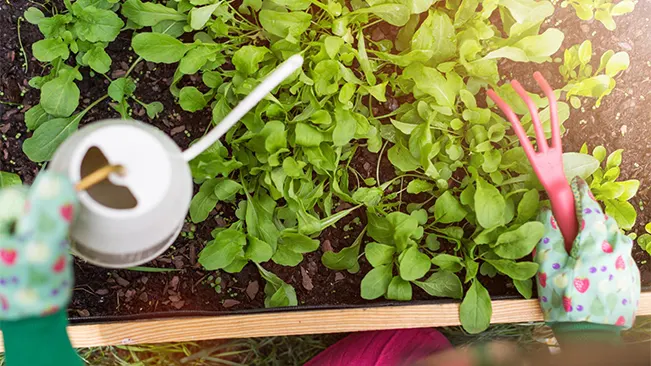
Pruning and Harvesting
Regularly prune herbs to encourage bushier growth and prevent them from becoming leggy. Harvesting herbs not only promotes new growth but also ensures that the plants do not become overcrowded, reducing the risk of disease.
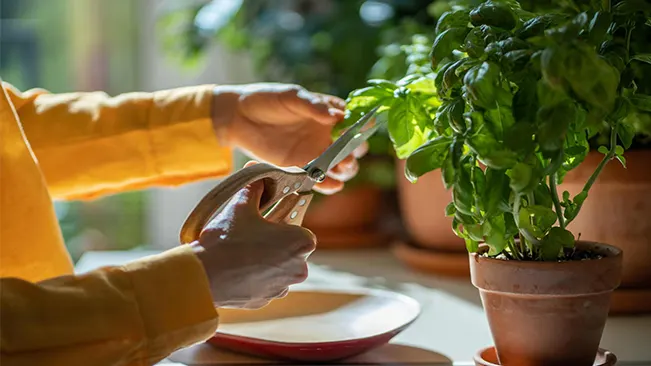
- Companion Planting Principles
Follow companion planting principles when placing herbs together. Consider their growth habits, sizes, and compatibility to avoid competition for resources. For example, plant taller herbs where they won’t shade smaller ones excessively.
Soil Health Maintenance
Monitor and maintain soil health by adding organic matter, such as compost, to provide essential nutrients. Herbs generally prefer well-draining soil, so avoid waterlogged conditions that can lead to root rot.
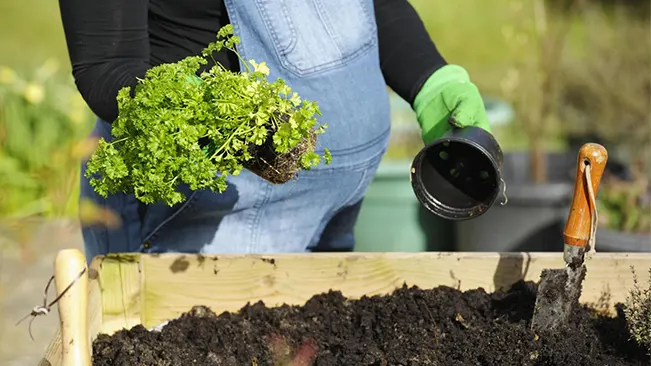
Pest Management
Keep a watchful eye for signs of pests and diseases. Companion planting can naturally deter some pests, but if issues arise, use environmentally friendly pest control methods. Neem oil, insecticidal soap, or introducing beneficial insects are effective options.
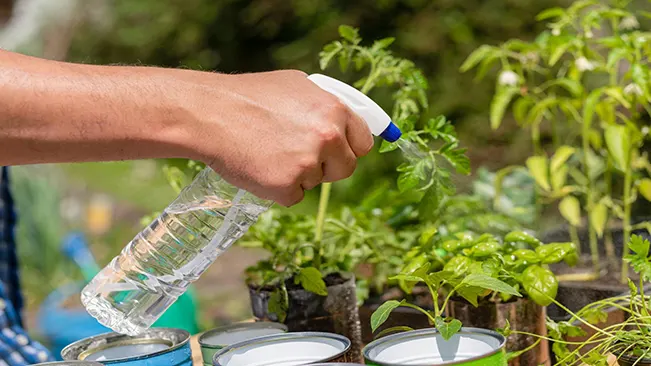
Mulching
Apply a layer of mulch around herbs to help retain soil moisture, suppress weeds, and maintain a more consistent soil temperature. Mulching also contributes to the overall health of the garden.
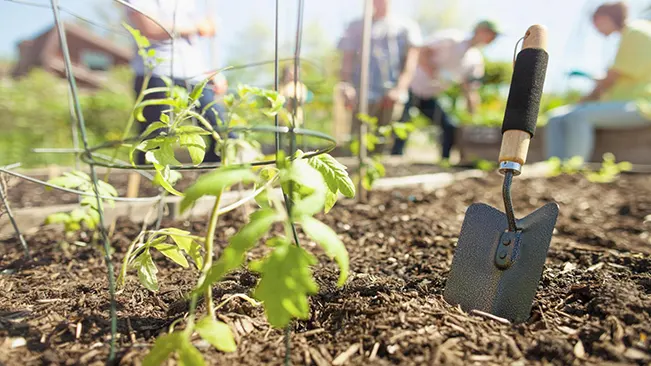
Complementary Pairings
Consider the complementary qualities of herbs when planting them together. For example, pair herbs that have similar water and sunlight needs, as well as those that enhance each other’s growth and flavor.
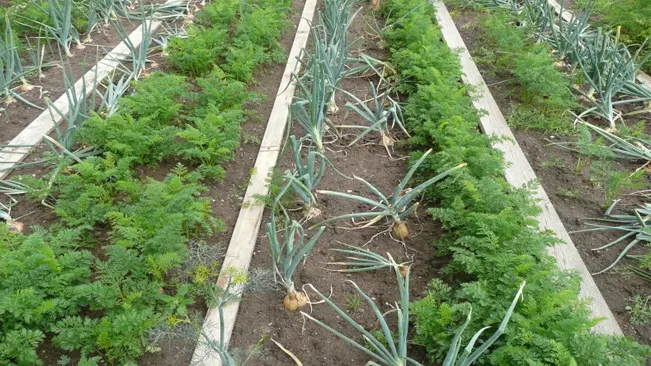
- Seasonal Adjustments
Be aware of seasonal changes and make adjustments accordingly. Some herbs may be more dormant or require less water during the winter, while others might thrive in the warmer months. - Observation and Adaptation
Regularly observe the health and interactions of herbs in your garden. If you notice any signs of stress, nutrient deficiencies, or pest problems, take timely action to address the issues and adapt your care routine as needed.
Conclusion
Companion planting with herbs is a sustainable and natural way to promote a thriving garden. By understanding the beneficial relationships between different herbs, you can create a garden that not only looks beautiful but also functions as a self-sustaining ecosystem. Experiment with these herb pairings and discover the joy of a garden where plants work together in harmony.
FAQs (Frequently Asked Questions)
- Can I plant different herbs together in the same garden bed?
Yes, many herbs can be planted together in the same garden bed to create a mutually beneficial environment. However, it’s essential to consider their compatibility and growing requirements. - What herbs should not be planted together?
Some herbs may have conflicting growth habits or compete for resources. For example, mint can be invasive and should be planted in containers to prevent it from taking over other herbs. - Are there herbs that naturally repel pests from each other?
Yes, certain herbs release compounds that repel specific pests. For example, planting basil with tomatoes can help deter aphids and mosquitoes that commonly affect tomatoes. - Can herbs improve the flavor of each other when planted together?
Yes, some herbs complement each other in terms of flavor. Basil is known to enhance the taste of tomatoes, and chives can add a subtle onion flavor that complements carrots. - How do I prevent herbs from competing for sunlight and nutrients?
Plant herbs with similar sunlight and nutrient requirements together to minimize competition. Consider the growth habits and sizes of herbs when planning their placement in the garden. - Are there herbs that can attract beneficial insects to the garden?
Yes, herbs like cilantro and dill can attract pollinators and predatory insects, creating a more balanced ecosystem that helps control pests and promotes pollination. - Can companion planting with herbs help control weeds?
Yes, some herbs, such as thyme and oregano, form dense ground cover that suppresses weeds, reducing the need for manual weeding in the garden. - How can I prevent herbs from overgrowing and crowding each other?
Regular pruning and harvesting can help control the growth of herbs and prevent overcrowding. Pay attention to the specific growth habits of each herb to maintain a balanced garden. - Can herbs improve the overall health of the garden soil?
Yes, certain herbs, like legumes, have nitrogen-fixing properties that enrich the soil with essential nutrients. Planting these herbs can contribute to improved soil fertility. - What are some aesthetically pleasing herb combinations for companion planting?
Combining herbs with contrasting colors, textures, and growth habits can create visually appealing combinations. For example, rosemary and sage make an attractive pairing with their complementary colors and textures.
Discover which herbs thrive together and enhance your garden’s productivity. Happy planting!

Kristine Moore
Forestry AuthorI'm Kristine Moore, a seasoned garden landscaping professional with over 30 years of experience. My extensive career has been dedicated to transforming outdoor spaces into stunning, sustainable landscapes. With a deep understanding of horticulture, design principles, and environmental stewardship, I have become a respected figure in the field, known for creating harmonious, visually appealing, and eco-friendly gardens. My commitment to excellence and continuous learning in landscaping trends and techniques has solidified my reputation as an expert in garden design and implementation.

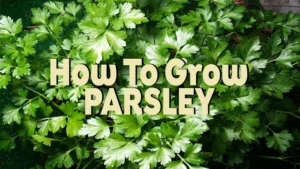
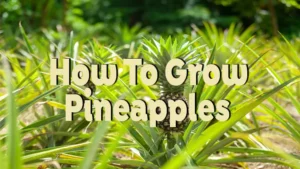


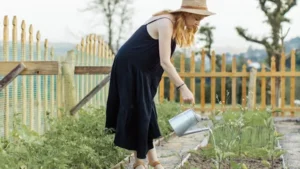

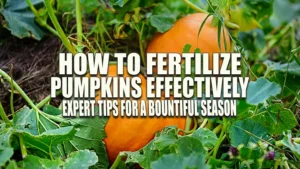





Leave your comment